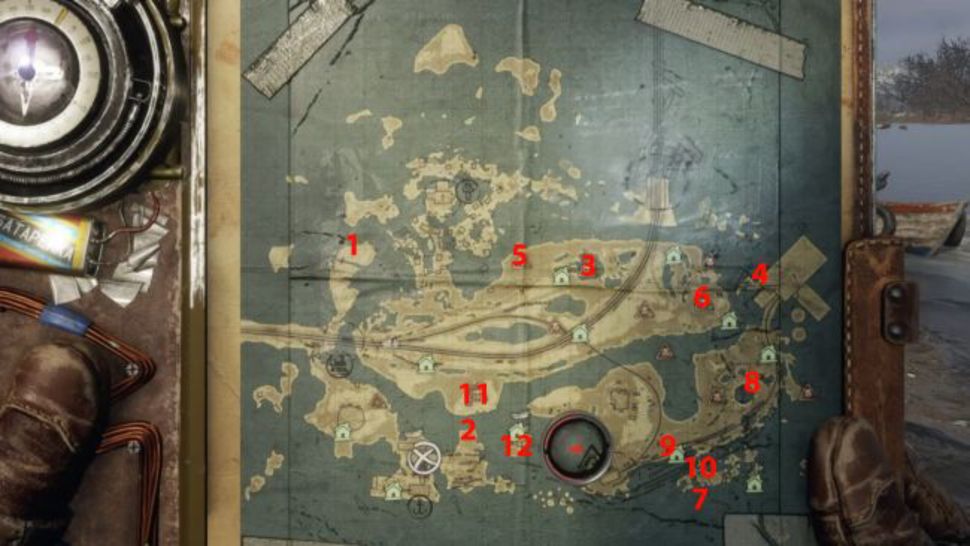
The Old Turkic bul- stem builds bulıt "cloud", which is cognate with German Wolke "cloud" of the same material as Slavic vlag- "moisture". Applied on the ethnonym it means either "mixed population" or "crowd, vulgar folk". In addition to what Wasmer ignores, the Old Turkic bulgak "spring" belongs to the same material and represents both (physical condition of) water body and ethnonym Bulgar, derived from transitive verb bulga- "boil mix". The Russian hydronym Volga ( Волга) derives from Proto-Slavic * vòlga "wetness, moisture", which is preserved in many Slavic languages, vlaga ( влага) "moisture", Bulgarian vlaga ( влага) "moisture", Czech vláha "dampness", Serbo-Croatian: vlaga ( влага) "moisture", Slovene vlaga "moisture", Polish wilgoć "moisture" and Macedonian vlaga ( влага) "moisture", among others. View of the Volga Delta from the International Space Station

The river has a symbolic meaning in Russian culture – Russian literature and folklore often refer to it as Волга-матушка Volga-Matushka (Mother Volga). Some of the largest reservoirs in the world are located along the Volga River. Four of the ten largest cities of Russia, including the nation's capital, Moscow, are located in the Volga's drainage basin. The river flows in Russia through forests, forest steppes and steppes. Historically, the river served as an important meeting place of various Eurasian civilizations.

The hypothetical old Russian state, the Rus' Khaganate, arose along the Volga between the late-8th and mid-9th centuries AD. It is widely regarded as the national river of Russia. It is also Europe's largest river in terms of average discharge at delta 8,000 m 3/s (280,000 cu ft/s) - 8,500 m 3/s (300,000 cu ft/s) and of drainage basin. Situated in Russia, it flows through Central Russia to Southern Russia and into the Caspian Sea. The Volga ( / ˈ v ɒ l ɡ ə, ˈ v oʊ l ɡ ə/ Russian: Во́лга) is the longest river in Europe.


 0 kommentar(er)
0 kommentar(er)
